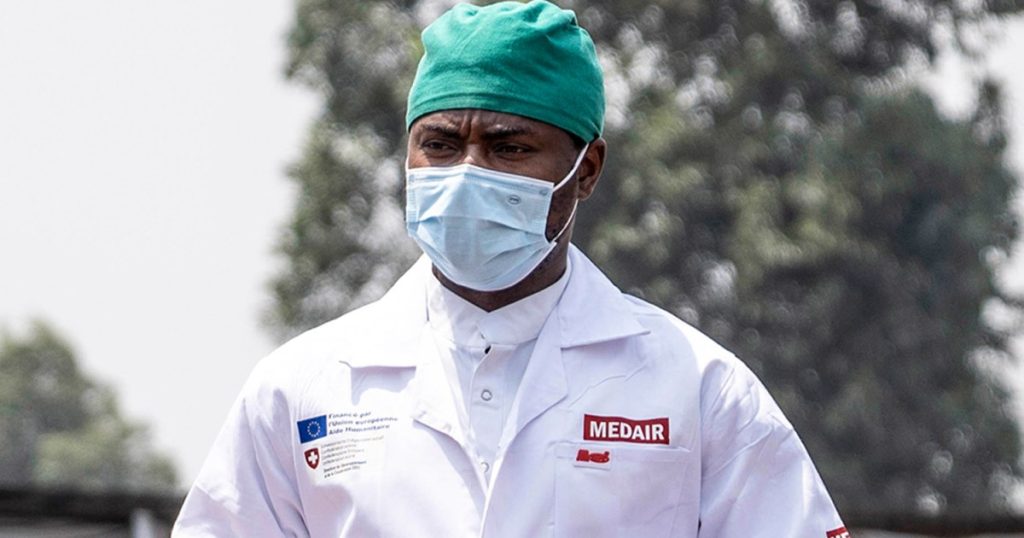In September 2017, an 11-year-old boy in Nigeria was diagnosed with monkeypox, a highly infectious disease that had not been seen in the country for nearly 40 years. The last recorded cases were in 1978, and the country was ill-prepared to deal with it. The boy’s diagnosis sparked a wave of fear, stigma, and misinformation, with neighbors taunting him and others refusing medical treatment, citing spiritual reasons. The outbreak spread quickly, with more suspected cases being tested and confirmed, contributing to a sense of panic and uncertainty.
The World Health Organization (WHO) declared monkeypox a public health emergency of international concern (PHEIC) in response to a new, faster-spreading variant that was causing outbreaks in multiple countries across Africa, Asia, and Europe. The origins of the disease can be traced back to monkeys in Denmark in 1958, with the first human case reported in the DRC in 1978. Since then, monkeypox has resurfaced in West and Central Africa, sparking concerns about its spread among humans and travelers in the region.
Dr. Dimie Ogoina, a scientist and Chief Medical Director in Nigeria, played a key role in identifying a new variant of monkeypox in 2017, leading to important medical findings about the disease. Despite facing challenges and skepticism, Ogoina persisted in his research, which eventually confirmed his suspicions about sexual transmission of the disease and its impact on specific populations. The emergence of sexually transmitted variants during the 2022-2023 outbreak highlighted the need for further research and understanding of the disease.
Poor vaccine coverage in developing countries like Nigeria and the DRC has hindered efforts to control and prevent outbreaks of diseases like monkeypox. The disparity in vaccine distribution and access between Western countries and African nations has led to delays in containing outbreaks and treating affected populations. The lack of vaccines in the DRC more than two years into the current outbreak has raised concerns about the country’s ability to manage and control the spread of monkeypox.
Researchers like Daniel Romero-Alvarez are exploring the spread of niche pathogens like Oropouche virus in South America, linking deforestation to the emergence of new diseases. The rapid spread of Oropouche virus in Brazil and other countries in the region has raised alarms about the impact of habitat loss on disease transmission. Despite evidence linking deforestation to disease outbreaks, governments in the Amazon region have been slow to address environmental concerns, leading to ongoing challenges in disease control and prevention.
As global health experts continue to monitor outbreaks of monkeypox and other emerging diseases, the need for international collaboration and research funding is more critical than ever. Scientists like Ogoina and Romero-Alvarez are at the forefront of identifying new threats and developing strategies to combat them, but they face obstacles ranging from vaccine shortages to government indifference. The ongoing battle against deadly diseases in challenging conditions underscores the importance of preparedness and cooperation in addressing public health emergencies on a global scale.


